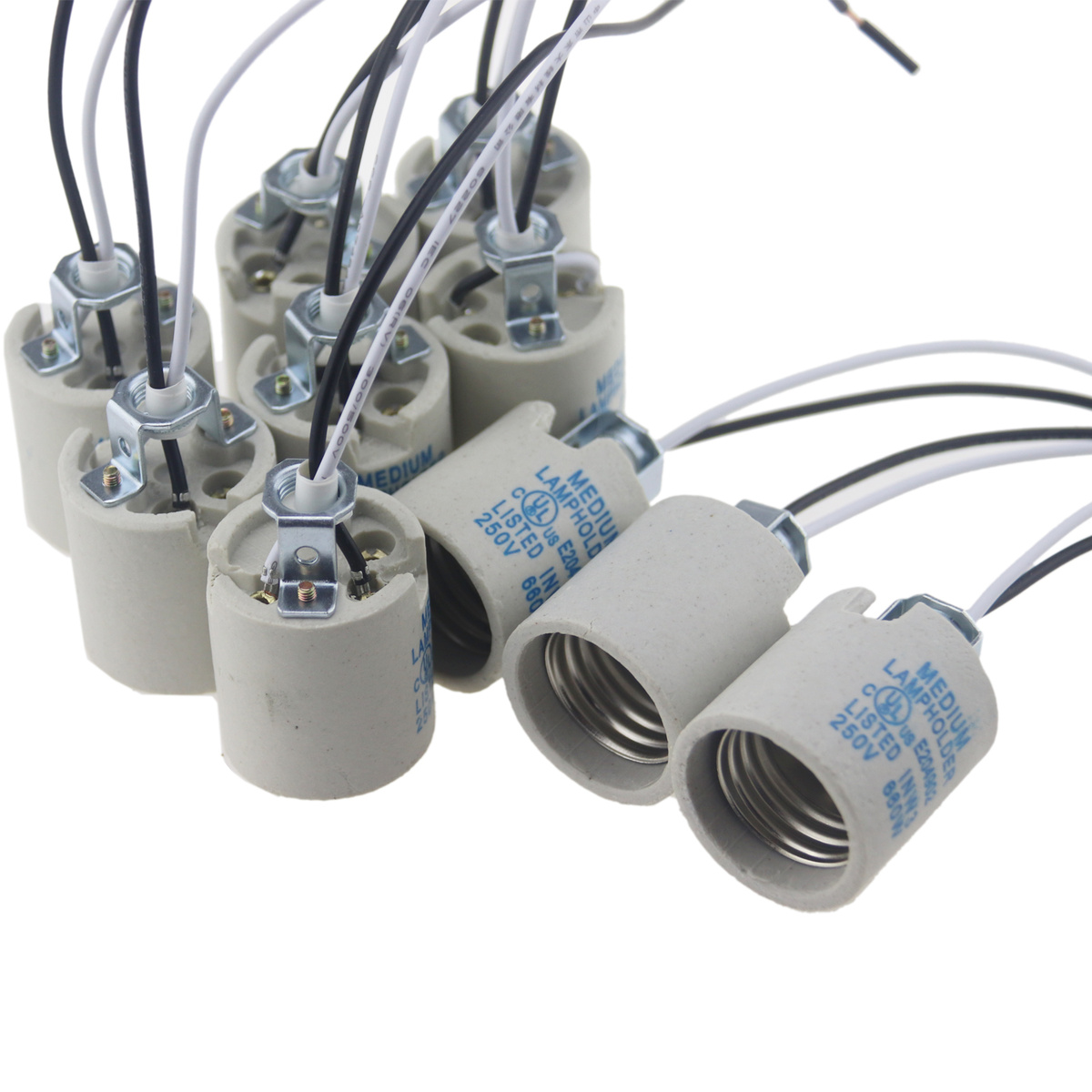

Articles
What Is A E26 Light Socket
Modified: February 26, 2024
Get all the information you need about E26 light sockets in our informative articles. Discover the different types and how to properly use them.
(Many of the links in this article redirect to a specific reviewed product. Your purchase of these products through affiliate links helps to generate commission for Storables.com, at no extra cost. Learn more)
Introduction
Lighting plays a vital role in our daily lives, providing illumination and creating ambiance in our homes, workplaces, and public spaces. Behind every light bulb is a socket that holds and powers it. One of the most commonly used light bulb sockets is the E26 socket. If you’ve ever wondered what an E26 socket is or how it works, you’ve come to the right place.
The E26 socket is a prevalent type of light bulb socket used in many residential and commercial applications. Understanding its features, specifications, and applications can help you make informed decisions when it comes to lighting installation and replacement.
In this article, we will delve into the world of E26 light sockets and explore their various aspects. We will cover what the term “E26” actually means, how the socket functions, its features and specifications, common applications, advantages and disadvantages, installation and replacement processes, and frequently asked questions.
Whether you’re a homeowner, a lighting enthusiast, or a professional in the lighting industry, this article will provide you with valuable insights into the world of E26 light sockets.
So, let’s dive in and unravel the mysteries of the E26 light socket!
Key Takeaways:
- The E26 light socket, derived from the Edison screw base system, is a standard size socket used in North America for various light bulb types. Its versatility and heat resistance make it a popular choice for residential and commercial lighting fixtures.
- E26 light sockets offer wide availability, simple installation, and compatibility with different types of light bulbs. However, regional compatibility, voltage limitations, and heat emission are important factors to consider when using E26 sockets.
Read also: 9 Amazing E26 Light Socket for 2024
What Does E26 Stand For?
The term “E26” is a code that refers to the specific size and type of light bulb socket. It is derived from the Edison screw base system, which was developed by Thomas Edison for incandescent light bulbs. The “E” in E26 stands for Edison, while the number “26” represents the diameter of the screw base in millimeters.
The E26 socket is also commonly known as the medium screw base, as it is the most common and widely used socket in residential and commercial lighting fixtures. It has become the standard base for many types of light bulbs, including incandescent, LED, CFL, and halogen bulbs.
It is important to note that the E26 socket is primarily used in North America and some parts of South America. In Europe and other parts of the world, a similar socket called the E27 socket is used, which has a slightly larger diameter of 27 millimeters.
Overall, the term “E26” allows for easy identification and compatibility when selecting light bulbs and fixtures. Understanding the meaning behind the code helps consumers and professionals alike to ensure the right fit and functionality for their lighting needs.
Understanding the Light Bulb Socket
The light bulb socket is a crucial component of any lighting fixture. It serves as the connection point between the electrical wiring and the light bulb, allowing the flow of electricity to power the bulb and produce light.
The E26 light bulb socket is designed to accommodate bulbs with an E26 base, which features a screw-like thread on the base of the bulb. The socket itself has corresponding threads that allow the bulb to be screwed into place securely.
One of the significant advantages of the E26 socket is its simplicity and widespread use. With its standard and readily available size, it allows for easy replacement of light bulbs across various fixtures. Whether you’re looking to replace an incandescent bulb with an energy-efficient LED or upgrade to a higher wattage bulb, the E26 socket provides the flexibility to do so.
Furthermore, the E26 socket is designed to withstand the heat generated by the light bulb. This heat resistance is essential as it prevents the socket from melting or deforming when the bulb is in operation.
The socket is typically made from materials such as porcelain or thermoplastic, which are durable and heat-resistant. These materials ensure the safety and longevity of the socket and protect against any electrical hazards.
It is worth noting that the E26 socket comes in different configurations, depending on the specific lighting fixture. For example, some sockets have a built-in switch or dimmer functionality, allowing you to control the brightness of the bulb directly from the socket.
In summary, the E26 light bulb socket serves as the electrical connection point between the wiring and the bulb. Its simple design, wide availability, and heat resistance make it a popular choice for a variety of lighting fixtures.
Features and Specifications of the E26 Socket
The E26 socket comes with a range of features and specifications that make it a versatile and reliable choice for lighting fixtures. Here are some key features and specifications to consider:
- Standard Size: The E26 socket has a standard size, which means it can accommodate bulbs with an E26 base. This standardization allows for easy interchangeability of bulbs across different fixtures.
- Threaded Design: The socket has corresponding threads that enable the bulb to be securely screwed into place. The screw-like design ensures a tight connection, preventing any loose or unstable fitting.
- Heat Resistance: The E26 socket is designed to withstand the heat generated by the light bulb. It is made from durable and heat-resistant materials such as porcelain or thermoplastic. This heat resistance ensures the safety and longevity of the socket during prolonged use.
- Voltage Rating: The E26 socket typically has a voltage rating of 120V, which is the standard residential voltage in North America. However, it is essential to check the specific voltage requirements of your lighting fixture to ensure compatibility.
- Amperage Rating: The E26 socket has an amperage rating of around 15A, which is suitable for most household and commercial lighting applications. It is important to adhere to the recommended amperage to prevent overloading and electrical hazards.
- Compatibility: The E26 socket is compatible with various types of light bulbs, including incandescent, LED, CFL, and halogen bulbs. This compatibility allows for flexibility in choosing the desired light source for your specific needs.
- Additional Features: Some E26 sockets come with additional features, such as a built-in switch or dimmer functionality. These features provide convenient control over the brightness of the bulb without the need for an external switch.
It is important to note that while the E26 socket is widely used in North America, other regions may use different socket types, such as the E27 socket in Europe. Be sure to check the specific socket requirements for your location to ensure proper compatibility.
In summary, the E26 socket features a standard size, threaded design, heat resistance, and compatibility with various types of light bulbs. Its reliable and versatile specifications make it a popular choice for residential and commercial lighting applications.
Common Applications of E26 Light Sockets
The E26 light socket is widely used in a variety of residential, commercial, and industrial lighting applications. Its versatility and compatibility with different types of light bulbs make it a popular choice across various settings. Here are some common applications where you can find E26 light sockets:
- Residential Lighting: E26 sockets are commonly found in homes for general lighting purposes. They are used in ceiling fixtures, table lamps, floor lamps, wall sconces, and pendant lights. Whether you need to illuminate your living room, bedroom, kitchen, or hallway, E26 sockets provide a reliable and easy-to-use lighting solution.
- Commercial Lighting: E26 sockets are widely utilized in commercial spaces such as offices, retail stores, restaurants, and hotels. They are installed in track lighting systems, recessed can lights, and other fixtures to provide efficient and high-quality lighting for workspaces and customer areas.
- Outdoor Lighting: E26 sockets can be found in outdoor lighting fixtures such as porch lights, floodlights, and landscape lighting. They offer a weather-resistant and durable solution for illuminating outdoor spaces, enhancing security, and creating a welcoming ambiance.
- Art Galleries and Museums: E26 sockets are often used in art galleries and museums to showcase artwork and exhibits. They provide the necessary illumination while maintaining color accuracy and minimizing heat emission, making them suitable for lighting sensitive displays.
- Hospitality Industry: E26 sockets are commonly employed in hotels, resorts, and hospitality establishments. They are utilized in bedside lamps, desk lamps, and other fixtures to provide comfortable lighting for guests.
- Industrial Lighting: E26 sockets find applications in industrial environments such as warehouses, factories, and manufacturing facilities. They are used in high bay lights, task lights, and other fixtures to provide bright and efficient lighting for improved productivity and safety.
- Specialty Lighting: E26 sockets are also used in specialty lighting applications such as decorative fixtures, vintage-style lamps, and chandeliers. These applications showcase the versatility and aesthetic appeal of the E26 socket.
The widespread use of E26 light sockets across various applications is due to their compatibility with different types of light bulbs, ease of installation, and reliability. However, it is essential to select bulbs that are appropriate for the intended application and meet any specific lighting requirements or regulations.
Whether you’re illuminating your home, office, or outdoor space or highlighting artwork in a gallery, the E26 light socket provides a dependable and versatile solution for your lighting needs.
Read also: 11 Amazing E17 To E26 Light Socket for 2024
Advantages and Disadvantages of E26 Light Sockets
The E26 light socket offers several advantages that make it a popular choice for lighting applications. However, it is essential to consider the disadvantages as well to make an informed decision. Let’s explore the advantages and disadvantages of E26 light sockets:
Advantages:
- Wide Availability: One of the key advantages of E26 light sockets is their wide availability. They are easy to find and are compatible with a variety of light bulbs, including incandescent, LED, CFL, and halogen bulbs. This allows for flexibility in choosing the right light source for different applications.
- Standardization: The E26 socket has become a standard in many regions, especially in North America. This standardization makes it easier for consumers to find compatible bulbs and fixtures, as well as to replace or upgrade light bulbs without any hassle.
- Variety of Fixtures: E26 light sockets are suitable for use in a wide range of lighting fixtures, including ceiling fixtures, lamps, wall sconces, and more. This versatility allows for consistent lighting solutions throughout different areas of a space.
- Simple Installation: Installing a light bulb in an E26 socket is a straightforward process. With its threaded design, the bulb can be easily screwed into place, ensuring a secure connection. This simplicity makes it convenient for both professionals and homeowners.
- Compatibility: E26 light sockets are compatible with various types of dimmer switches, allowing for customizable lighting levels. This means you can easily control the brightness of the bulbs to create the desired ambiance or adjust lighting according to different needs and preferences.
Disadvantages:
- Regional Compatibility: One of the major disadvantages of E26 light sockets is their limited regional compatibility. While they are widely used in North America, other regions, such as Europe, may require different socket types, like the E27 socket.
- Limited Voltage Rating: E26 light sockets typically have a voltage rating of 120V, which is the standard residential voltage in many regions. However, in certain industrial or commercial settings, higher voltage requirements may necessitate the use of different sockets.
- Heat Emission: Like any other lighting technology, light bulbs used in E26 sockets generate heat. It is essential to choose bulbs with suitable heat dissipation capabilities for the specific fixture to avoid overheating and potential damage to the socket or surrounding components.
Considering these advantages and disadvantages allows you to weigh the pros and cons of using E26 light sockets for your specific lighting needs. While they offer convenience, compatibility, and a wide range of applications, it is essential to ensure regional compatibility and select appropriate bulbs for optimal performance and safety.
When purchasing a light bulb, make sure it is compatible with the E26 socket, which is the standard size for most household light fixtures in the United States. Look for bulbs labeled as “E26” or “medium base” to ensure they will fit properly.
How to Install and Replace a Light Bulb in an E26 Socket
Installing and replacing a light bulb in an E26 socket is a simple process that anyone can do. Follow these steps to ensure a safe and successful installation or replacement:
- Turn Off the Power: Before starting any work involving electrical connections, it is crucial to turn off the power to the lighting fixture at the main circuit breaker. This ensures your safety during the installation process.
- Select the Right Bulb: Choose the appropriate type, wattage, and color temperature of the light bulb for your specific lighting needs. Ensure that the chosen bulb has an E26 base, which is compatible with the socket. Also, consider any dimming requirements or special features you may need.
- Remove the Old Bulb: If there is an existing light bulb in the socket, carefully unscrew it in a counterclockwise direction. Hold the bulb near its base and avoid gripping the glass part, as it may be hot or fragile.
- Inspect the Socket: Take a moment to inspect the E26 socket for any signs of damage or corrosion. If you notice any issues, it is advisable to replace the socket or seek professional assistance before proceeding.
- Insert the New Bulb: Hold the new light bulb by its base and align the threads with those inside the socket. Gently rotate the bulb clockwise until it is snug and securely in place. Do not overtighten, as it may damage the socket or cause the bulb to break.
- Turn On the Power: After ensuring that the light bulb is properly installed, you can go ahead and turn the power back on at the main circuit breaker. Test the light bulb by flipping the switch or using any other controls available in the fixture.
- Dispose of the Old Bulb: Properly dispose of the old light bulb according to local regulations. Incandescent and halogen bulbs can typically be placed in regular household trash, while CFL and LED bulbs may require recycling at designated facilities.
It is important to note that while installing or replacing a light bulb in an E26 socket is a relatively simple task, always exercise caution when working with electricity. If you are unsure or uncomfortable with the process, it is advisable to seek the assistance of a qualified electrician.
By following these steps, you can confidently install or replace light bulbs in E26 sockets, ensuring efficient and reliable lighting for your space.
Read more: What Is An E26 Base Light Bulb
Frequently Asked Questions (FAQs)
Here are some commonly asked questions about E26 light sockets:
- What is the difference between E26 and E27 sockets?
- Can I use an E27 bulb in an E26 socket?
- Can I use a higher wattage bulb in an E26 socket?
- Can I use a dimmer switch with an E26 socket?
- What are the alternatives to E26 sockets?
The main difference between E26 and E27 sockets is their diameter. E26 sockets have a diameter of 26 millimeters, while E27 sockets have a slightly larger diameter of 27 millimeters. E26 sockets are commonly used in North America, while E27 sockets are more prevalent in Europe and other parts of the world.
While E26 and E27 sockets have a small size difference, their screw threads and voltage ratings are the same. This means that you can usually use an E27 bulb in an E26 socket without any issues. However, it is always a good idea to check the compatibility and consider any regional variations or safety regulations.
Most E26 sockets are designed to handle a maximum wattage of 60-100 watts. However, it is essential to check the specific wattage limitations mentioned by the socket manufacturer. Installing a bulb with a wattage higher than the socket’s rating can result in overheating and potentially cause damage to the socket or even start a fire.
Yes, you can use a dimmer switch with an E26 socket, provided that the bulb you use is dimmable. Make sure to select compatible bulbs that are specifically labeled as “dimmable,” as not all bulbs can be dimmed. Also, consider the wattage range supported by your dimmer switch and ensure it matches the bulb’s requirements.
If you are located in an area where E26 sockets are not common, or if you require different specifications, there are alternatives available. In Europe and other regions, E27 sockets are widely used, with a slightly larger diameter. Additionally, there are specialized sockets for various lighting technologies, such as GU10 for halogen bulbs or MR16 for low-voltage spotlights.
If you have any other questions or concerns about E26 light sockets, it is recommended to consult the manufacturer’s guidelines, reach out to a lighting professional, or seek assistance from a qualified electrician.
E26 light sockets provide a versatile and reliable solution for various lighting applications. Understanding their specifications and usage guidelines can help you make informed decisions when it comes to lighting installation, maintenance, and bulb replacement.
Conclusion
The E26 light socket is a ubiquitous and versatile component in the world of lighting. Understanding its features, applications, and installation process can help you make informed decisions when it comes to lighting your home or any other space. Whether you’re a homeowner, lighting enthusiast, or professional in the industry, knowing the ins and outs of E26 light sockets is essential.
In this article, we explored what the term “E26” stands for and how it represents the size and type of the light bulb socket. We also discussed the various features and specifications of E26 sockets, such as their standard size, threaded design, heat resistance, and compatibility with different bulb types.
We delved into the common applications of E26 sockets, from residential and commercial lighting to outdoor and specialty lighting. We also highlighted the advantages, such as wide availability and simple installation, as well as the disadvantages to consider, such as regional compatibility and heat emission.
Additionally, we provided a step-by-step guide on how to install and replace a light bulb in an E26 socket, ensuring a safe and successful process. We also addressed frequently asked questions to clarify any doubts or concerns you may have had.
Ultimately, the E26 light socket offers convenience, compatibility, and reliability for a wide range of lighting needs. By familiarizing yourself with its features and understanding its applications, you can make informed choices when it comes to selecting light bulbs and fixtures.
Remember, if you ever have specific questions or concerns about E26 light sockets, consult the manufacturer’s guidelines, seek assistance from lighting professionals, or contact a qualified electrician. The more knowledge you have, the better equipped you are to create the perfect lighting atmosphere for any space.
Frequently Asked Questions about What Is A E26 Light Socket
Was this page helpful?
At Storables.com, we guarantee accurate and reliable information. Our content, validated by Expert Board Contributors, is crafted following stringent Editorial Policies. We're committed to providing you with well-researched, expert-backed insights for all your informational needs.
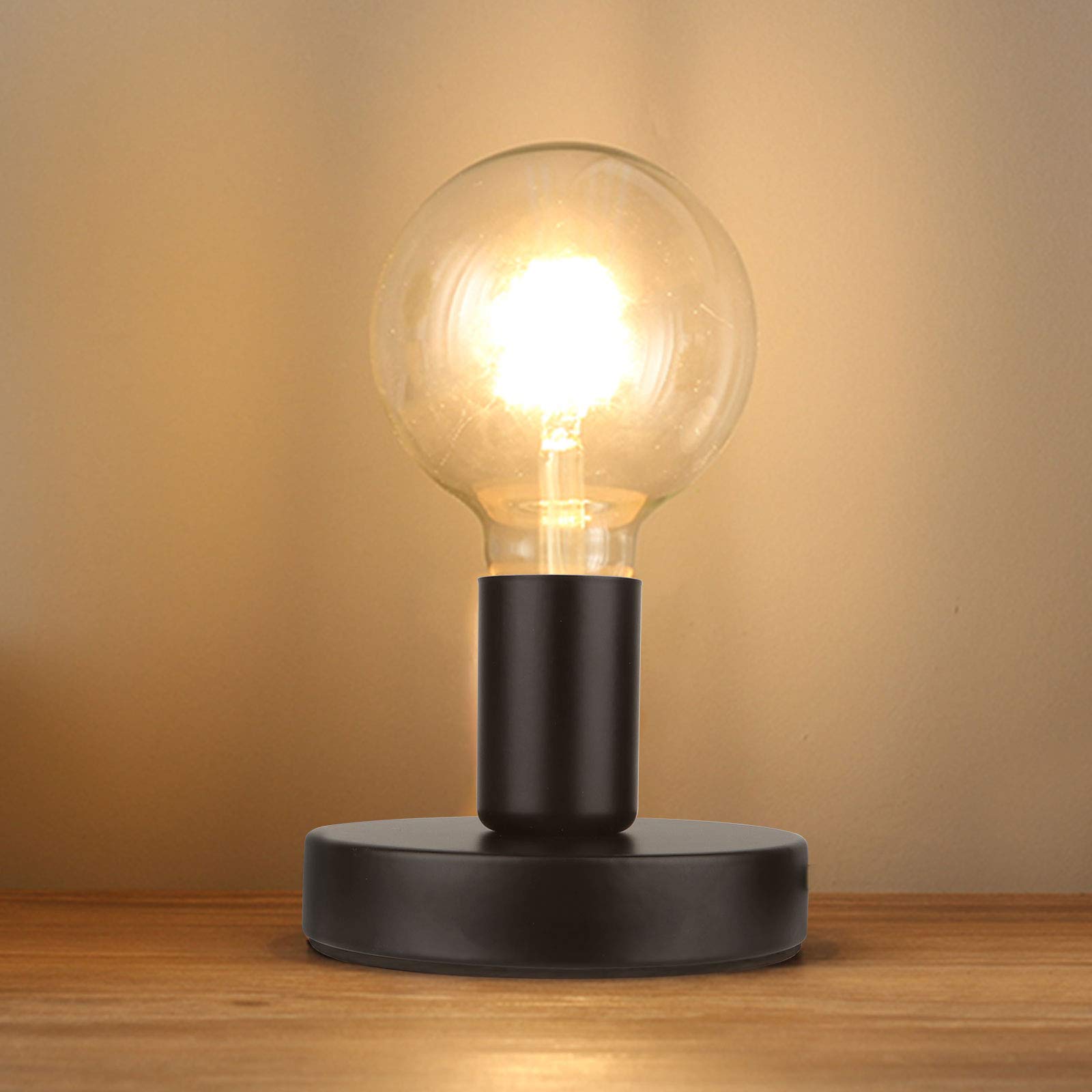
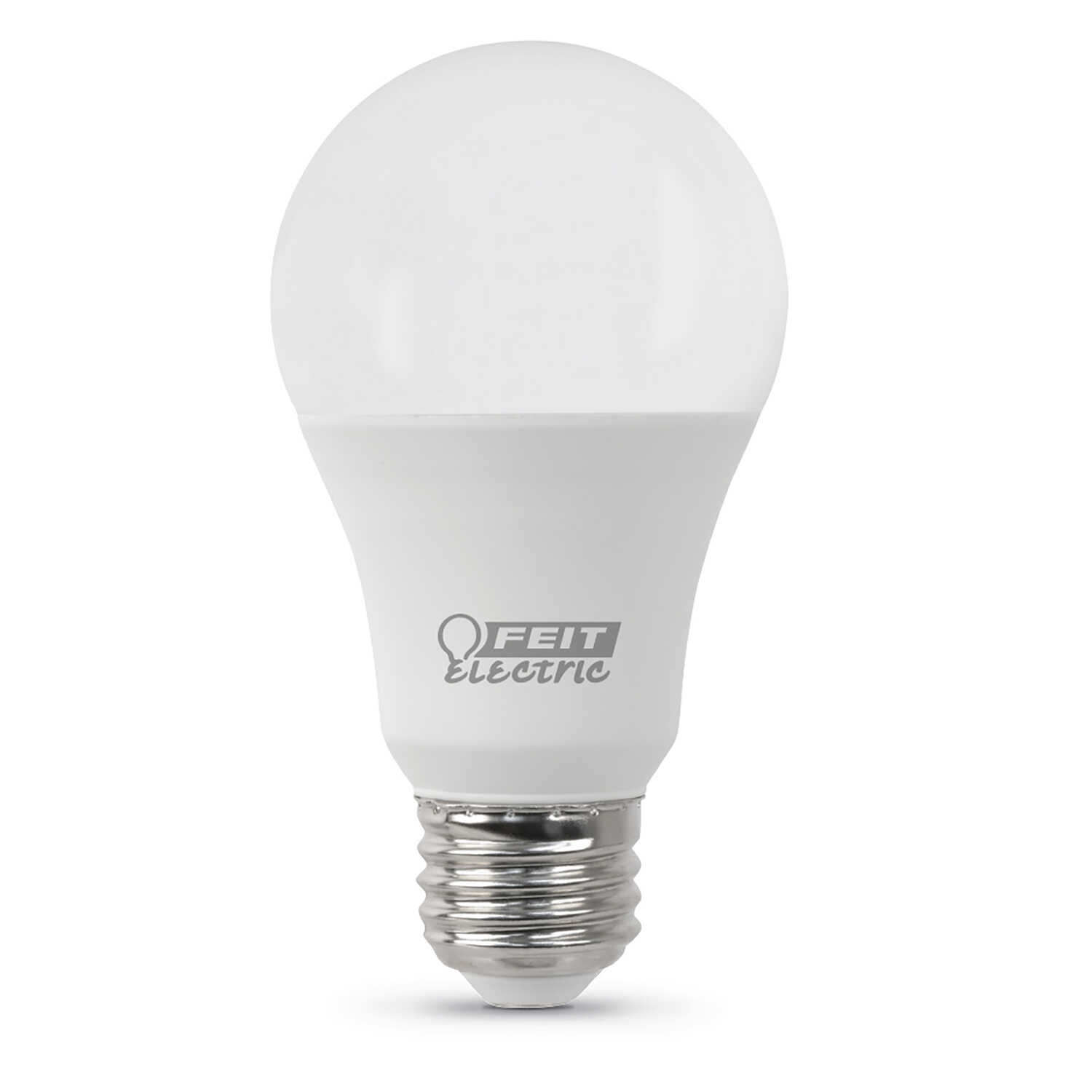
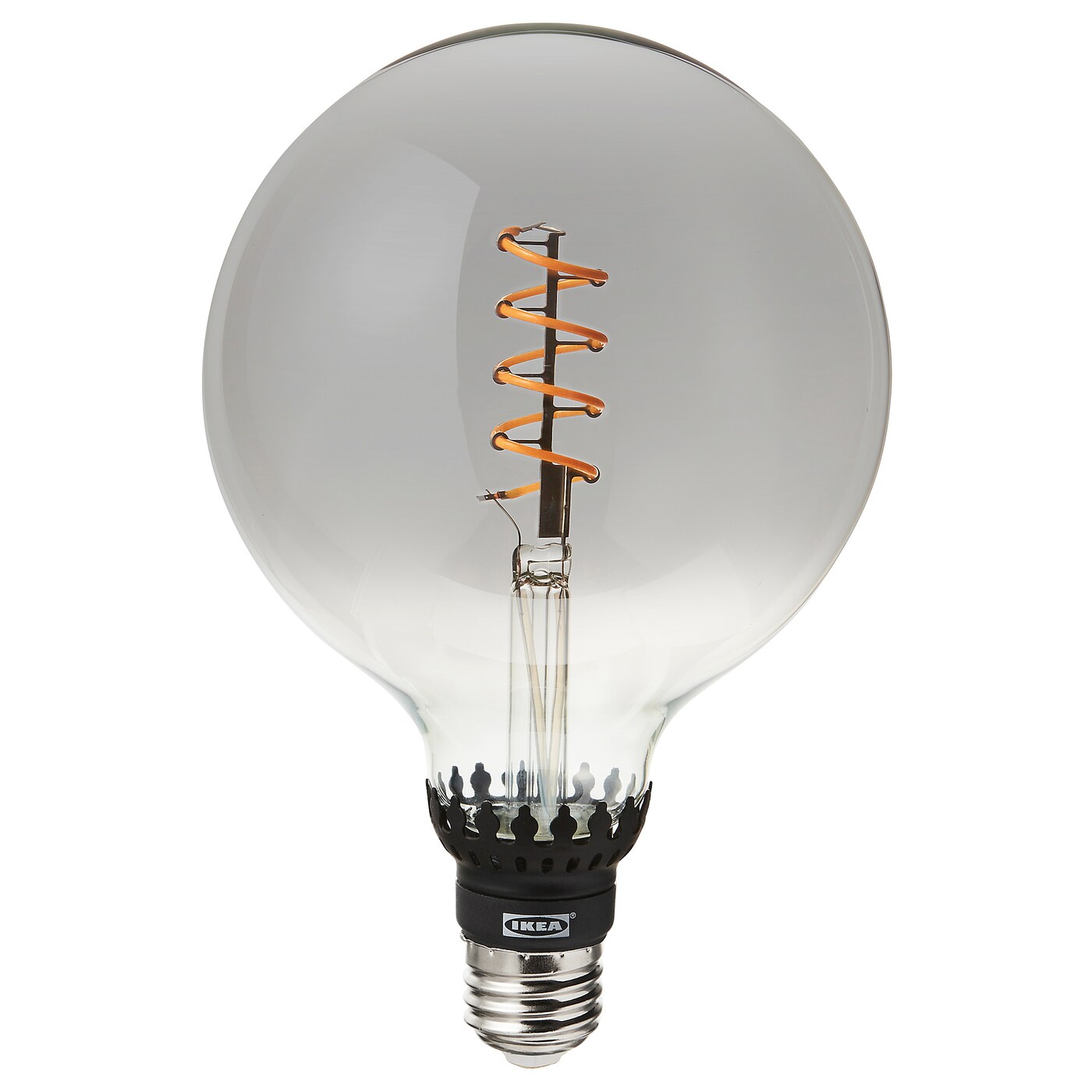
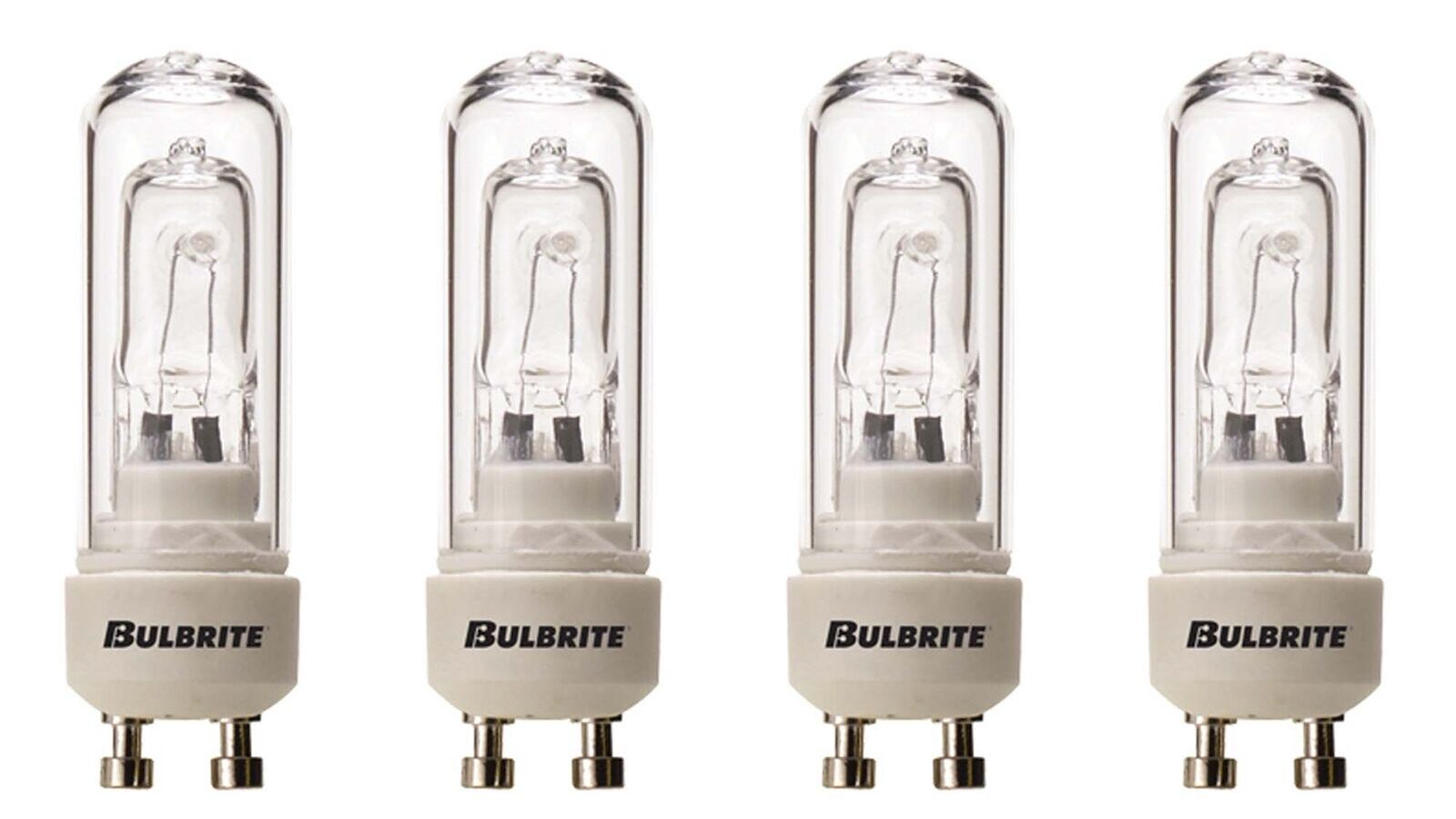
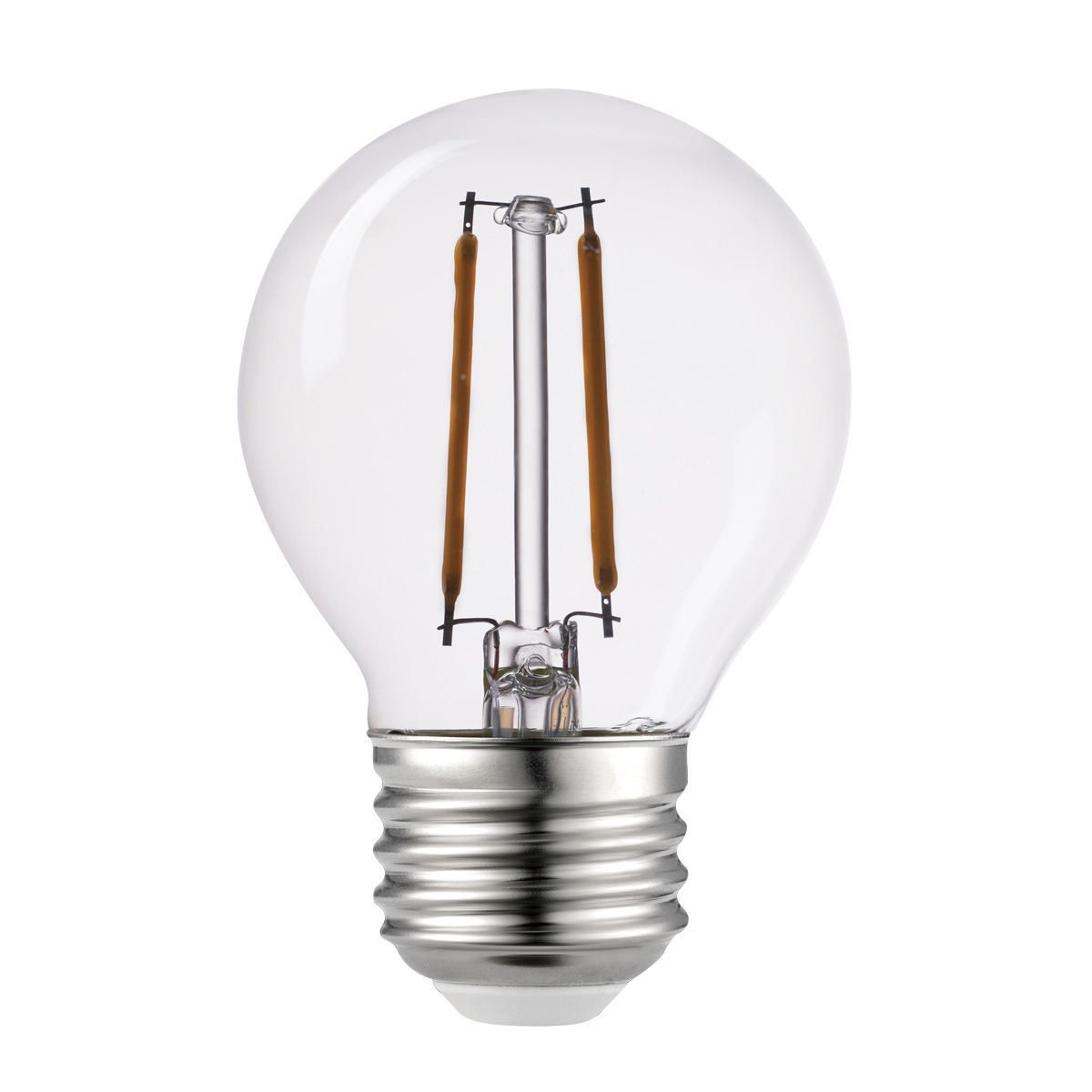
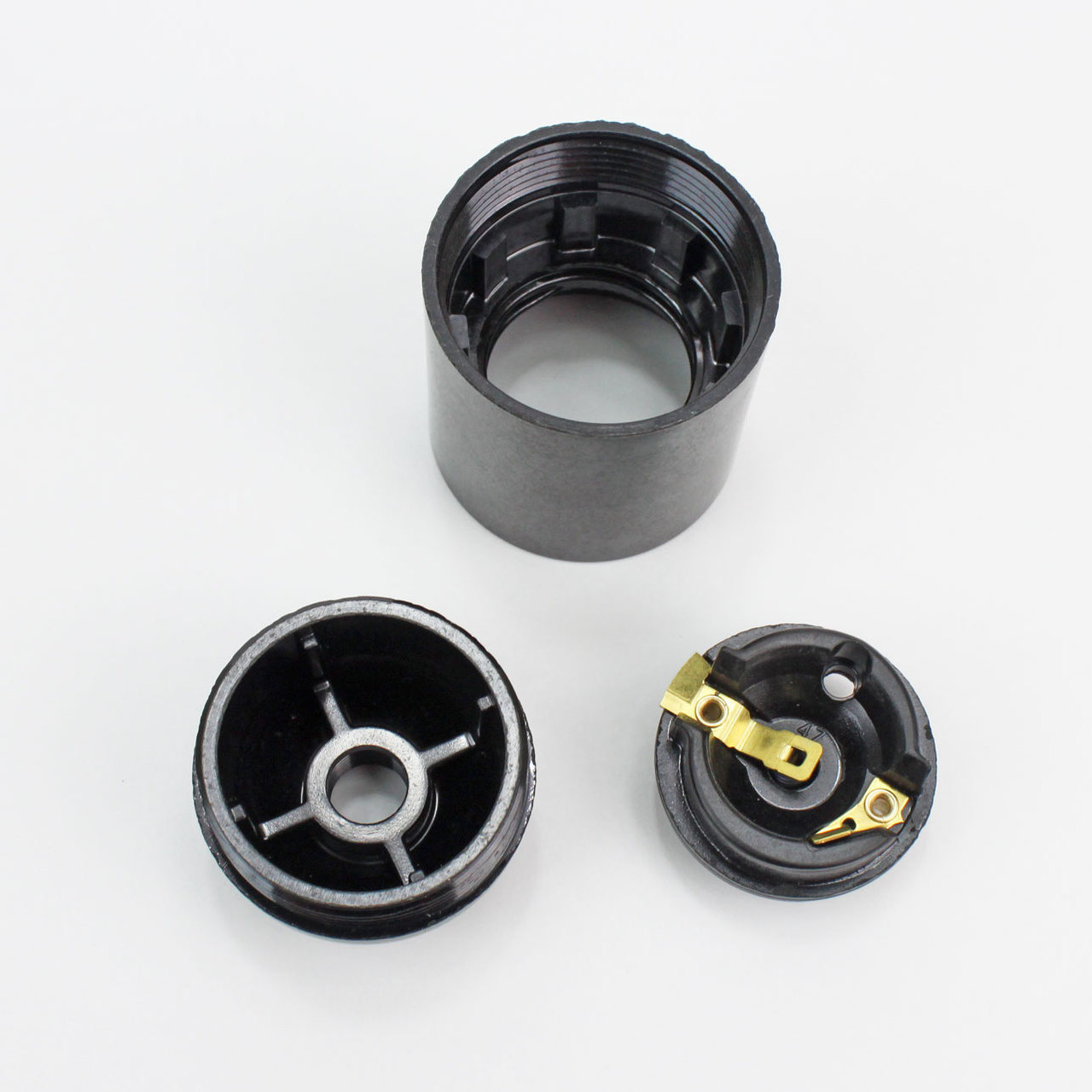
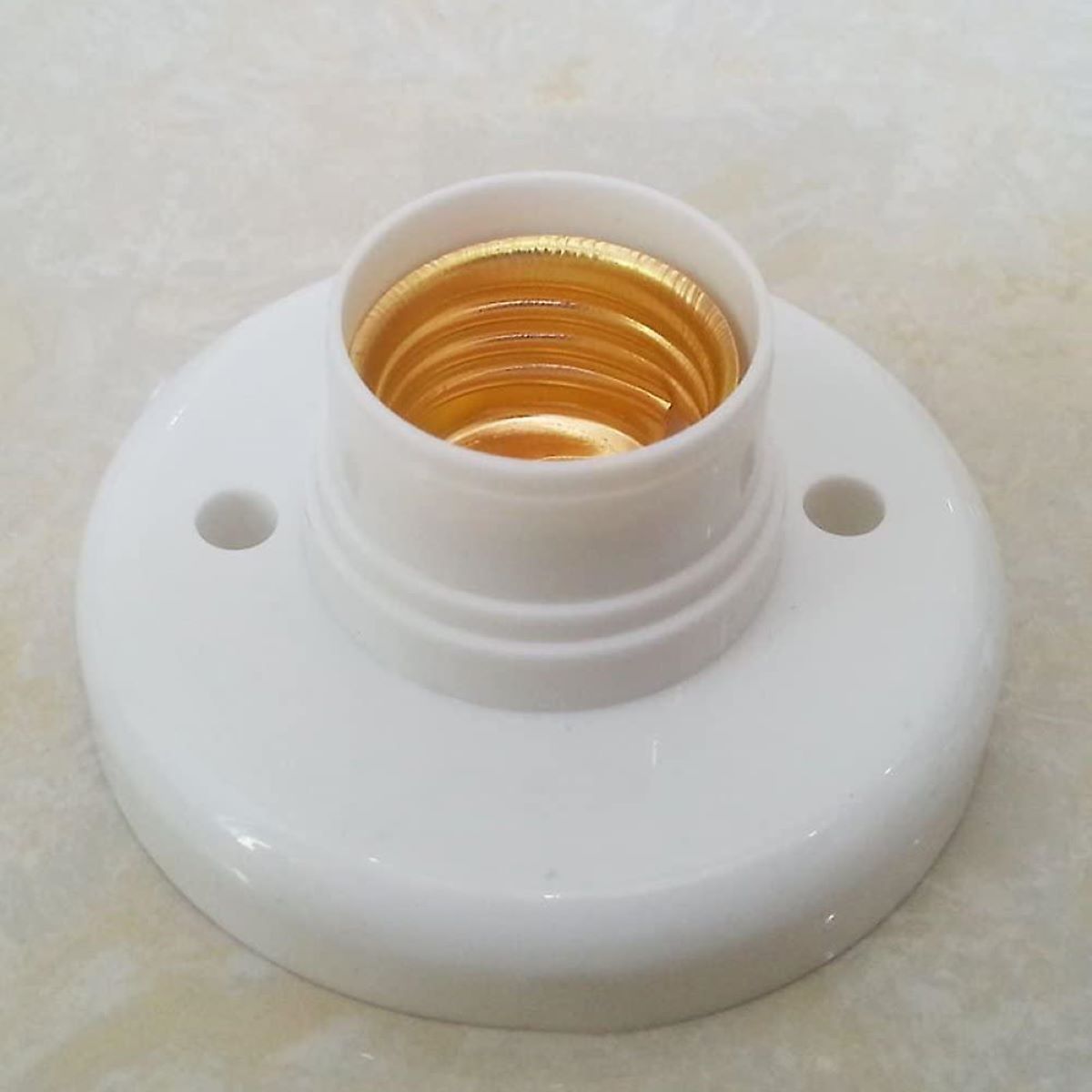
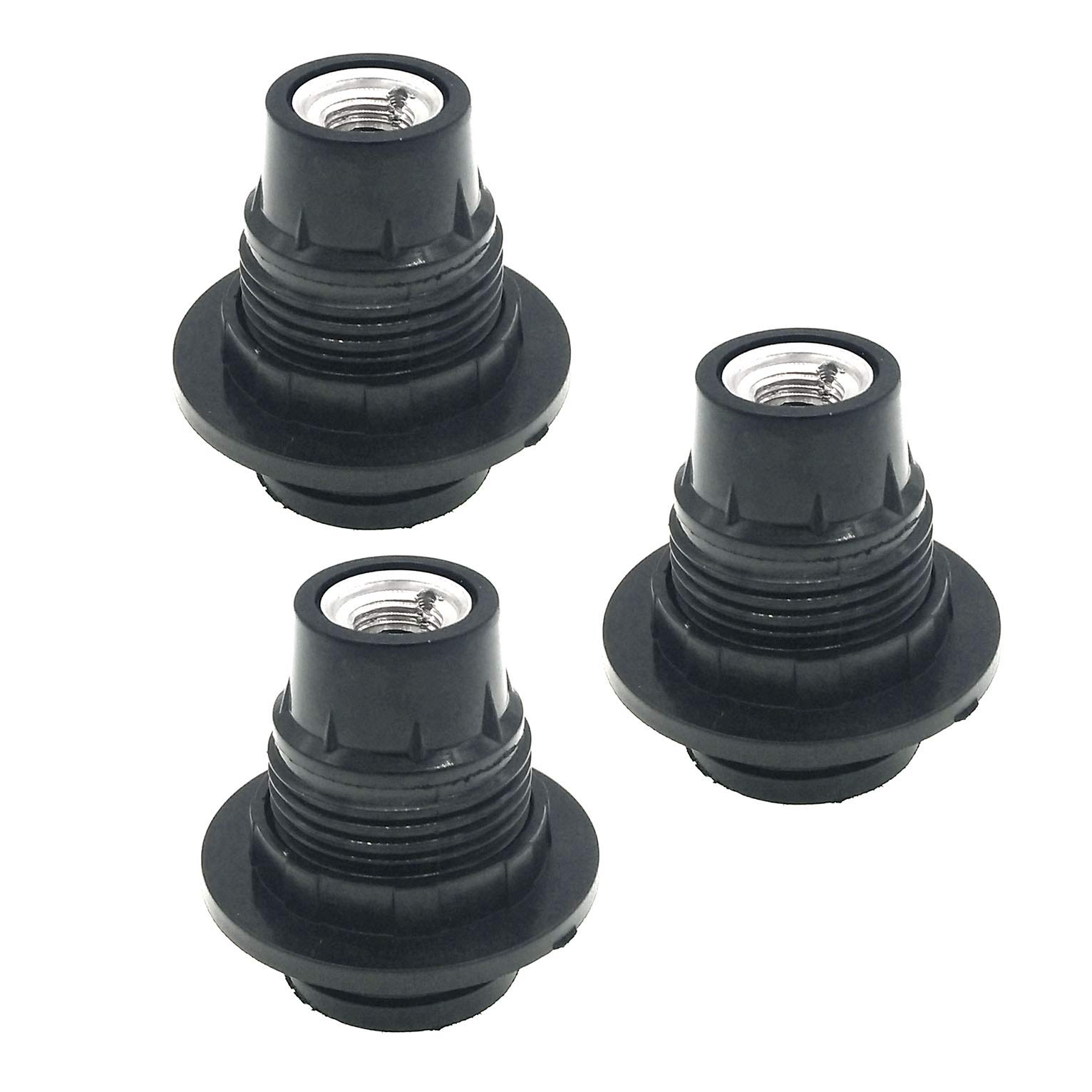
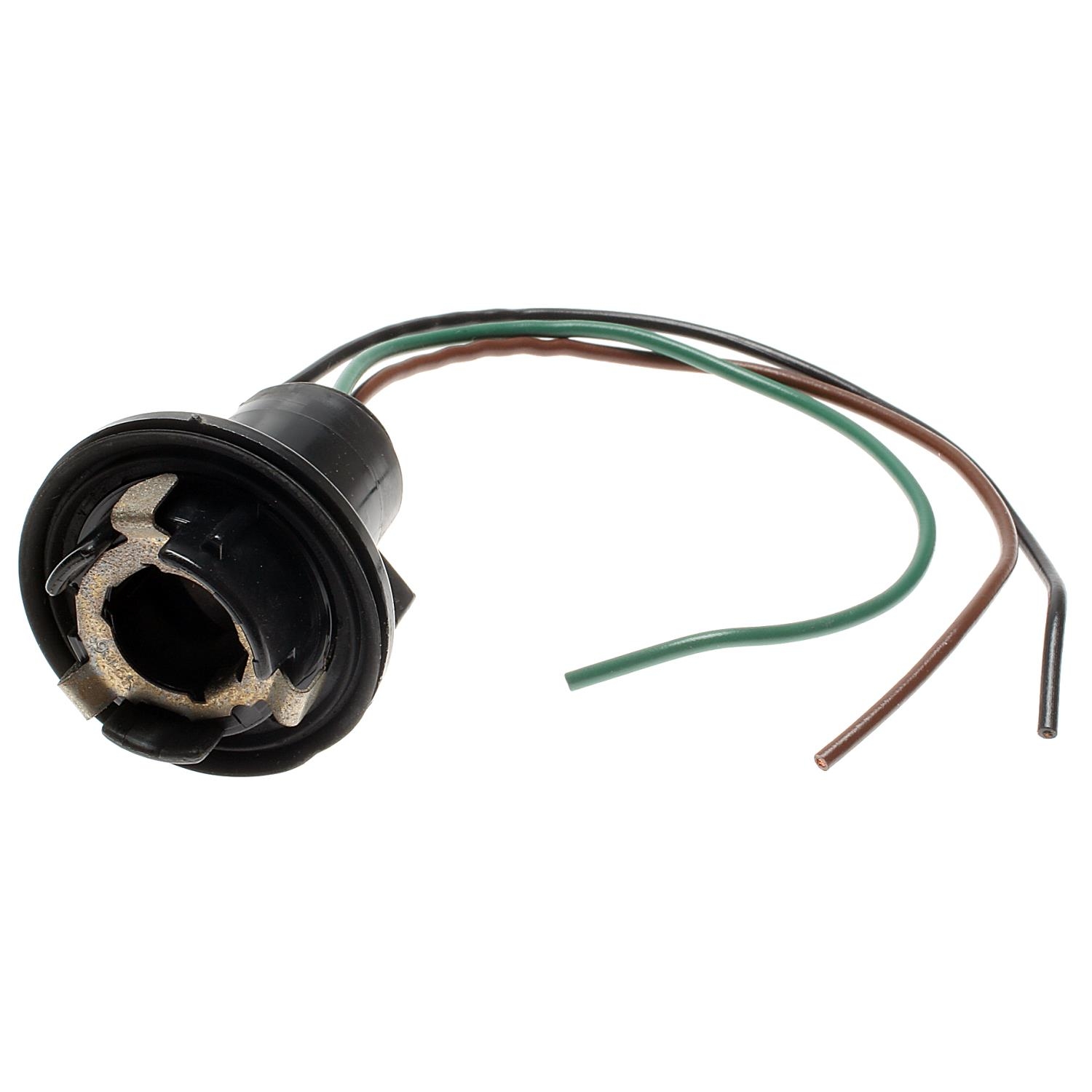
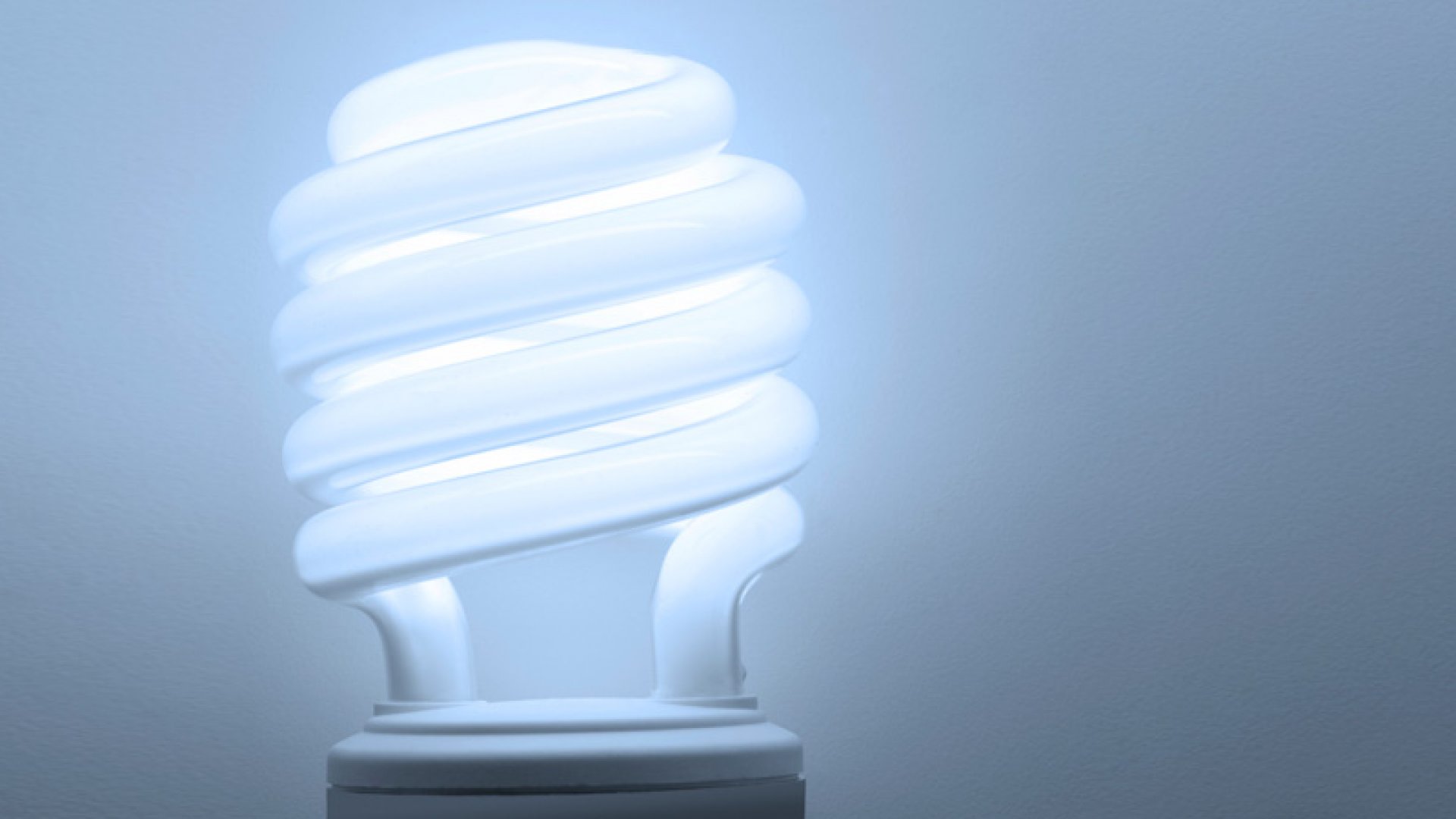
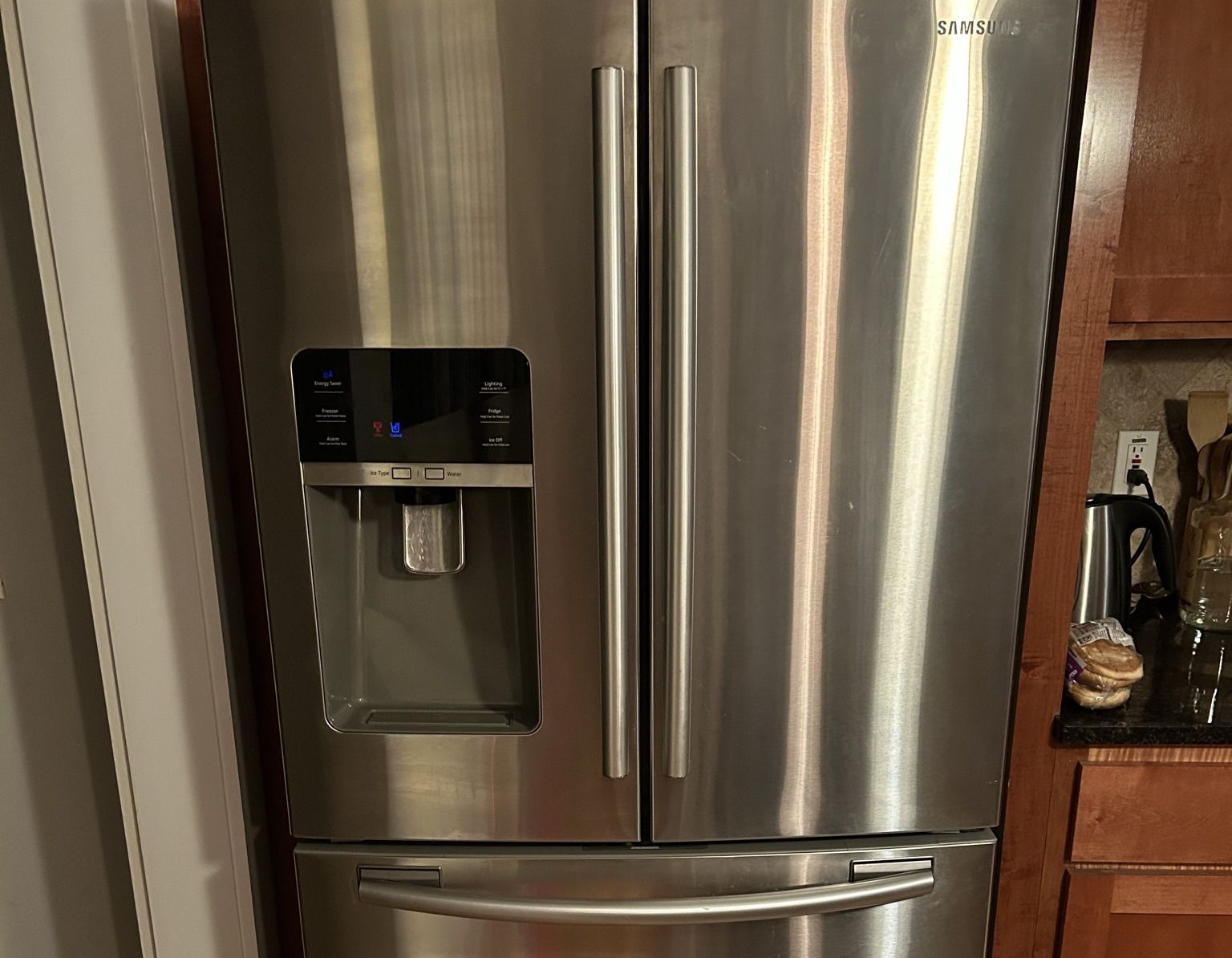
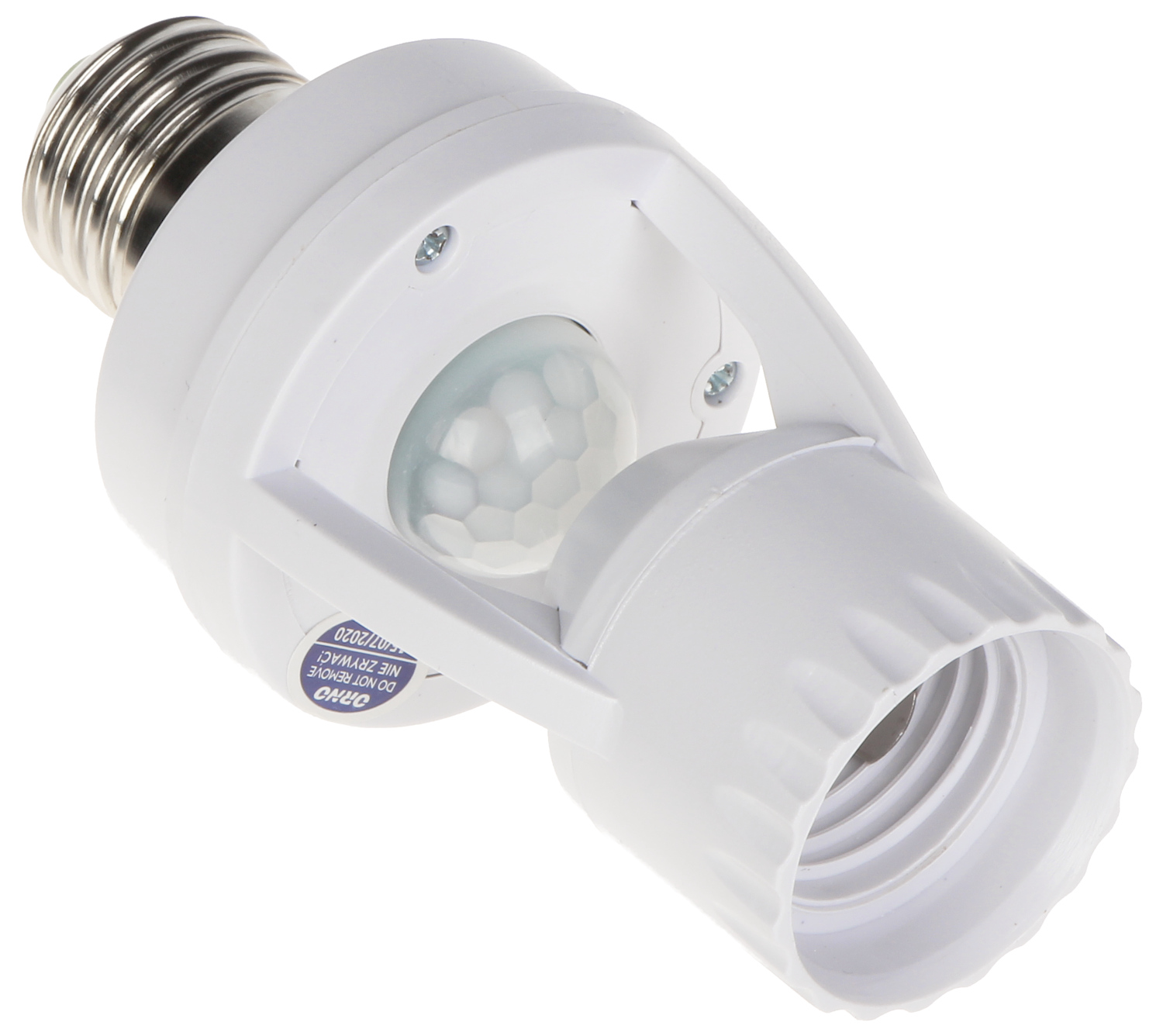
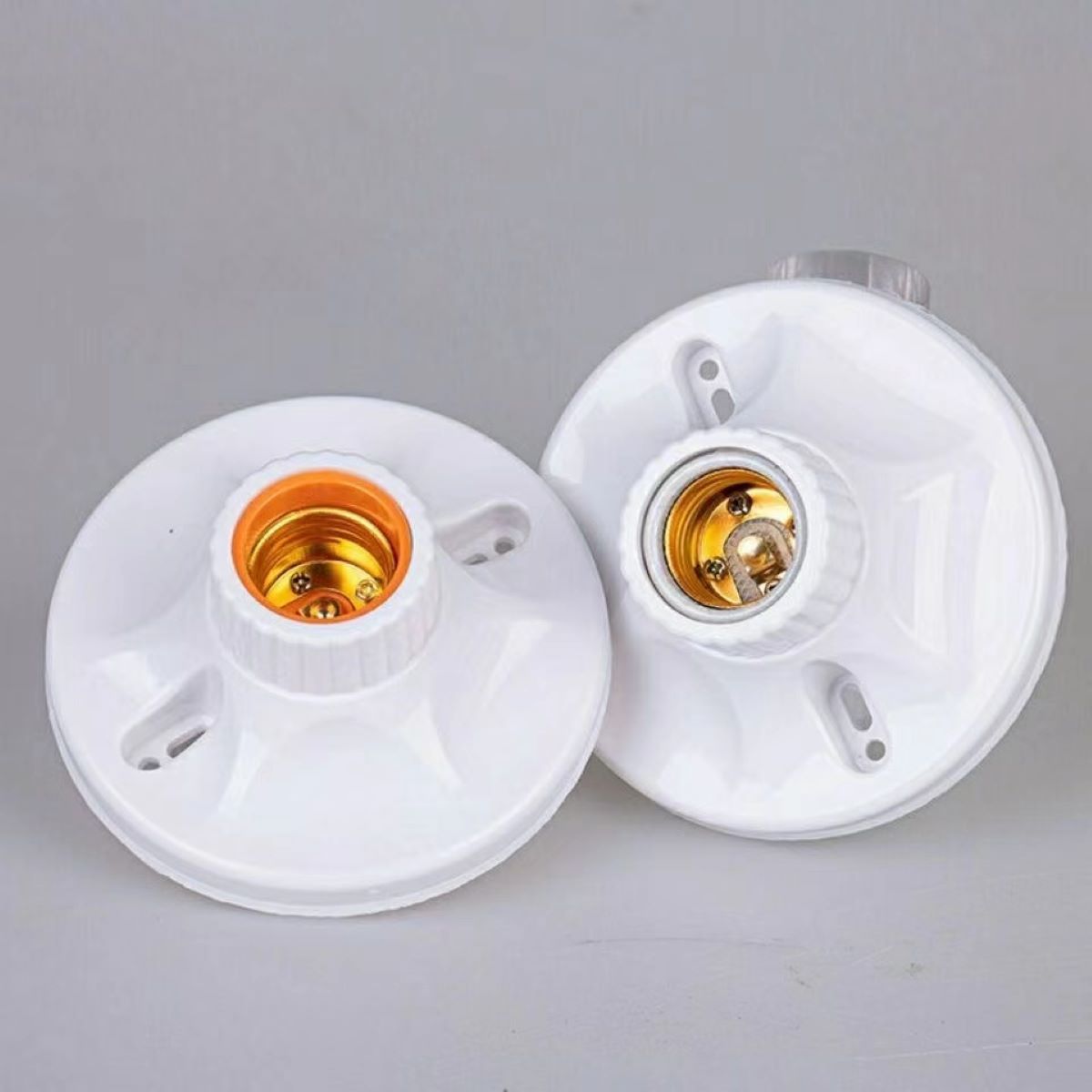

0 thoughts on “What Is A E26 Light Socket”